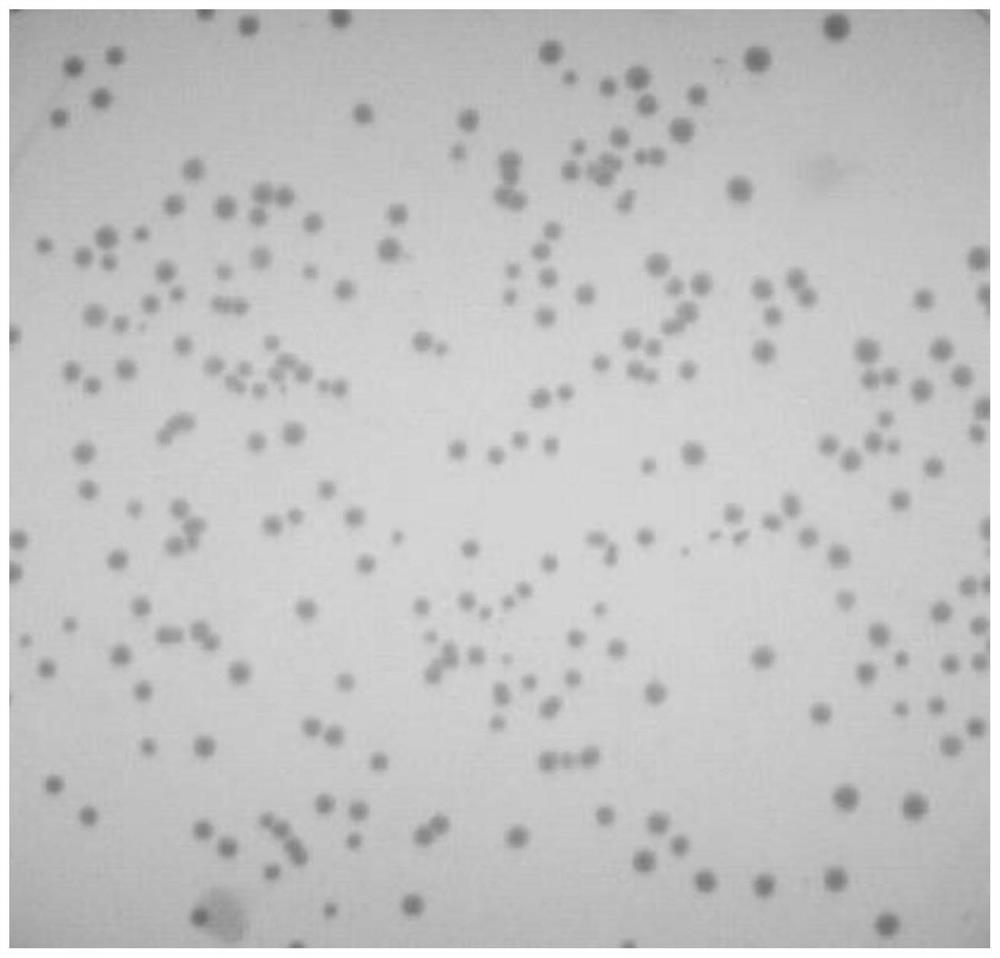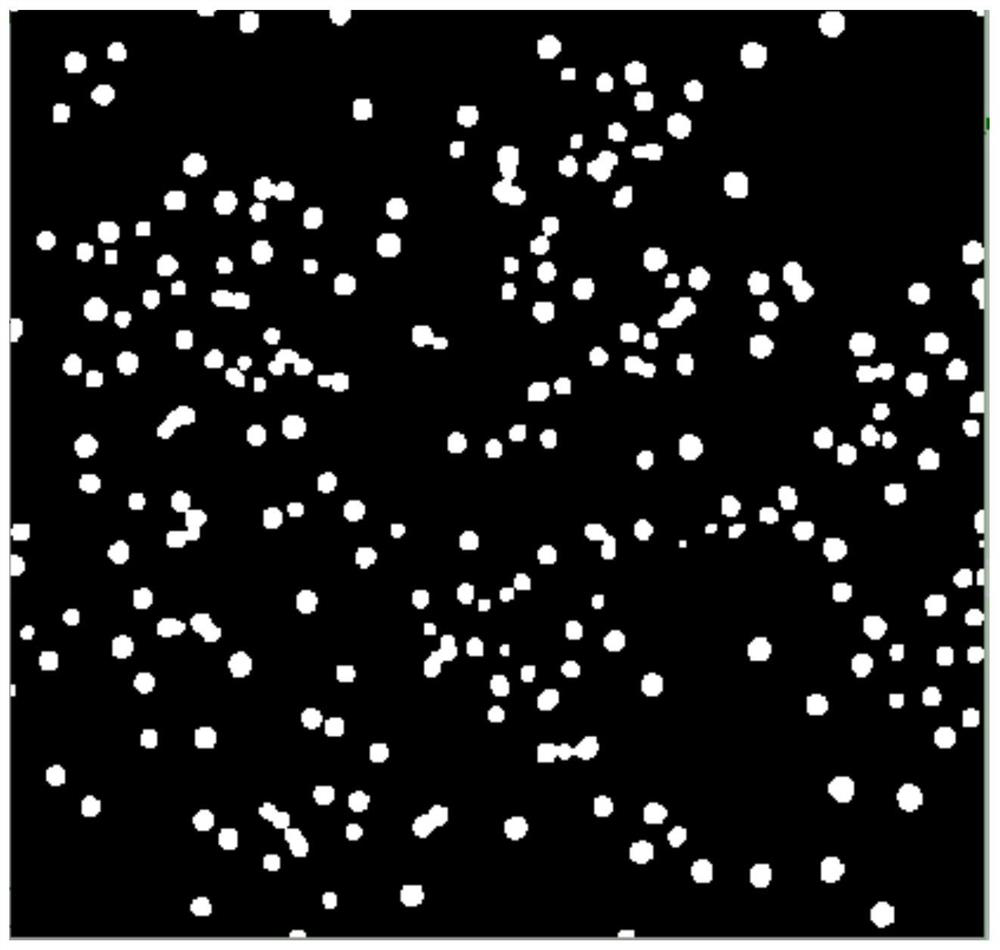Bacterial colony classification method
A classification method, colony technology, applied in the direction of neural learning methods, image analysis, image enhancement, etc., can solve the problems of the impact of classification results, complicated work of counting and identification, and fatigue of classification, so as to improve the accuracy of counting and recognition and excellent classification effects, fast processing effects
- Summary
- Abstract
- Description
- Claims
- Application Information
AI Technical Summary
Problems solved by technology
Method used
Image
Examples
Embodiment 1
[0056] The present invention will be described in further detail below in conjunction with the accompanying drawings.
[0057] Such as figure 1 As shown, a colony classification method, including:
[0058] Segment the collected colony image;
[0059] The colony image after segmentation is input into the convolutional neural network;
[0060] According to the type of colony that needs to be classified, the output result of colony classification in the convolutional neural network is set.
[0061] Use a high-resolution camera to collect images of colonies, then segment and extract the colony images, identify each type of colony through a convolutional neural network, and output the results of colony classification to count the number of each type of colony in the petri dish and size, realize the classification and picking of colonies when picking colonies, and design the network depth of the convolutional neural network according to the size of the obtained colonies.
[0062...
Embodiment 2
[0080] According to different types of colonies, the colonies were divided into four types: cohesive colonies, round colonies, oval colonies and strip colonies.
[0081] The difference from Example 1 is that in Example 1, the convolutional neural network is used to classify the acquired colony connected areas. In this embodiment, the classification is performed according to the different morphological structures of the colonies, such as Figure 5b shown.
[0082] Classify circular, elliptical, bar-shaped, and cohesive colonies, and record the outline of each connected region based on the binarized image of the colony. Compare and calculate the farthest point on the contour, which is recorded as point A(x 1 ,y 1 ), B(x 2 ,y 2 ), and the farthest distance of a point on the contour is dmax. Calculate the angle between the line between the farthest two points on the outline of an independent entire colony image and the x-axis:
[0083]
[0084] Among them, θ is the angle ...
Embodiment 3
[0099] Different from Embodiment 1 and Embodiment 2, in this embodiment, the high-resolution colony image is input into the Unet segmentation network, and the output result of the colony classification in the Unet segmentation network is set according to the type of colony to be classified.
[0100] The Unet segmentation network can process high-resolution images in blocks, input each high-resolution image into the Unet segmentation network, and perform semantic segmentation and classification on each high-resolution image, which can also be achieved while segmenting the colony image. A variety of colony classification, that is, only one network can be used, the specific processing method is as follows:
[0101] (1) block the input high-resolution image;
[0102] (2) Input the Unet segmentation network into blocks for reasoning;
[0103] (3) For each segmented image obtained, count the number of connected regions used for each pixel value pair, and the number of pixels contai...
PUM
 Login to View More
Login to View More Abstract
Description
Claims
Application Information
 Login to View More
Login to View More - R&D
- Intellectual Property
- Life Sciences
- Materials
- Tech Scout
- Unparalleled Data Quality
- Higher Quality Content
- 60% Fewer Hallucinations
Browse by: Latest US Patents, China's latest patents, Technical Efficacy Thesaurus, Application Domain, Technology Topic, Popular Technical Reports.
© 2025 PatSnap. All rights reserved.Legal|Privacy policy|Modern Slavery Act Transparency Statement|Sitemap|About US| Contact US: help@patsnap.com



